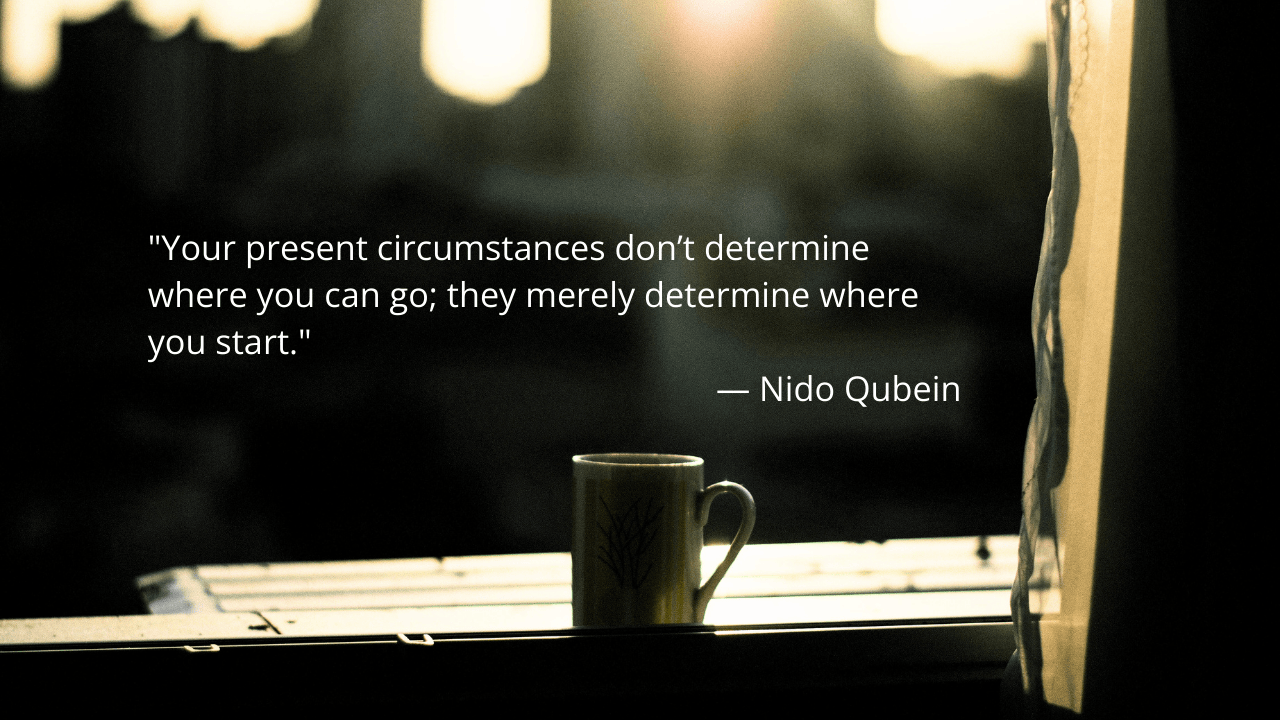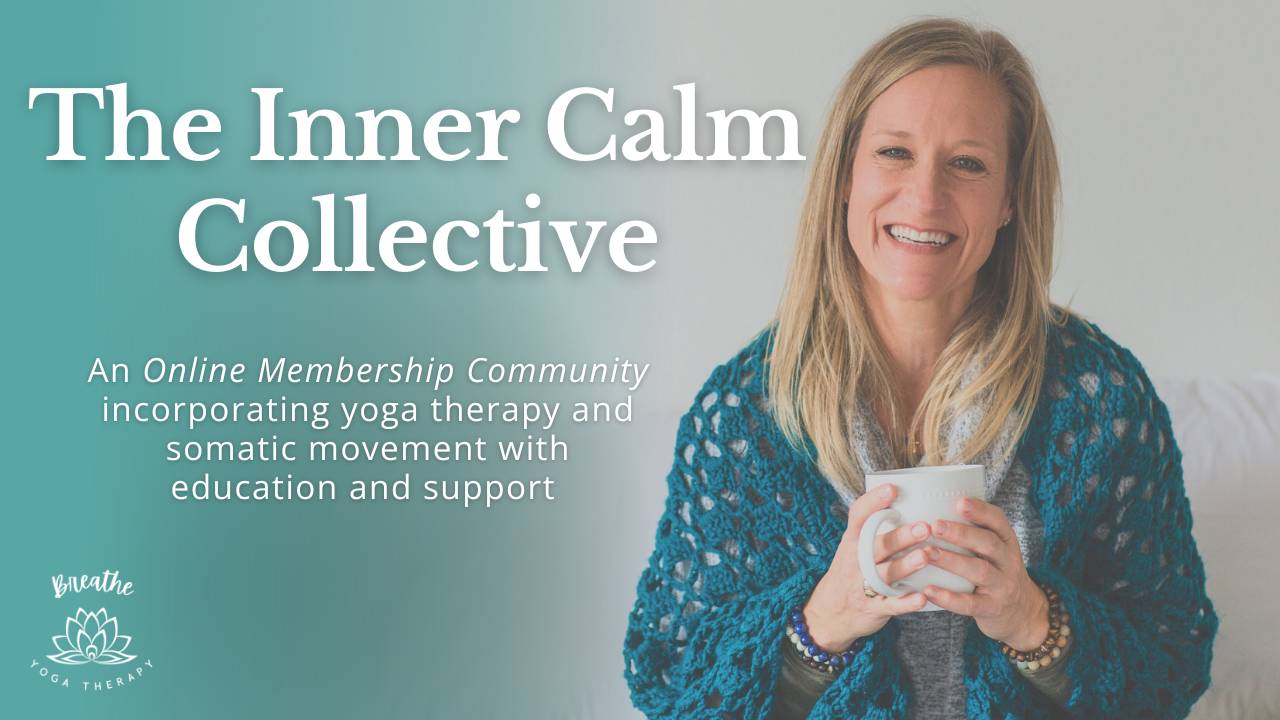Unlocking Your Brain’s Potential: How New Sensory Input Can Rewire Your Mind

Did you know your brain is capable of changing and adapting every single day? That’s right, thanks to a remarkable ability called neuroplasticity, our brains are constantly evolving based on the experiences and information we take in. This means that the way you think, feel, and respond to the world isn’t set in stone—it can be reshaped with new sensory input.
So, what exactly does that mean for you? In short: you have the power to create new mental pathways that can lead to positive changes in your life. Let’s explore how neuroplasticity works and why embracing new sensory experiences can help you break free from old habits and patterns.
What is Neuroplasticity, and Why Does It Matter?
Neuroplasticity is the brain’s incredible ability to reorganize itself by forming new neural connections. When you learn something new, engage in a new activity, or experience new sensations, your brain adapts by building fresh pathways between neurons. It’s like forging new roads on an old map, allowing you to take different routes and experience the world in new ways.
Why does this matter? Because it means you’re not stuck with the same responses, thoughts, or feelings forever. If you’ve been caught in cycles of anxiety, stress, or negative thinking, neuroplasticity offers hope. You can retrain your brain by exposing it to new stimuli, which leads to new outputs—whether that’s more peace, creativity, or resilience.
Neuroplasticity refers to the brain's ability to reorganize and form new neural connections throughout life. This flexibility allows the brain to adapt to new experiences, learn new skills, and recover from injuries.
When the brain receives new sensory input, it processes this information, which can lead to the formation of new neural pathways. As these pathways strengthen through repetition or focus, they influence new behavioral or physical outputs. For example, practicing a new movement in somatic yoga creates fresh sensory experiences, leading to more refined movement patterns and improved physical or emotional responses over time. This adaptability is central to learning, healing, and growth.
How New Sensory Input Shapes New Brain Patterns
Every time you engage with new sensory input—whether it’s seeing a beautiful sunset, tasting a new dish, or feeling the texture of a new fabric—your brain gets a signal to pay attention. This sensory input stimulates different areas of the brain, and when it’s novel or exciting, it creates a stronger, more lasting impact.
Here’s how it works:
- New input, new connections: When your brain is exposed to fresh experiences, it forms new neural connections. Think of it like blazing a trail through a forest. The more often you travel that trail, the clearer the path becomes.
- Breaking old patterns: Old patterns, like overreacting to stress or falling into negative self-talk, are like well-worn paths in the brain. By introducing new sensory experiences, you give your brain the chance to build new routes and weaken those old patterns. Over time, your brain learns to choose the new path more easily.
- More adaptability, less rigidity: The more you expose your brain to new sensations, the more adaptable it becomes. You start to respond to challenges with curiosity instead of fear, and you may find yourself breaking free from thought patterns that used to feel impossible to escape.
How to Use Sensory Input to Create Positive Change
So, how can you start harnessing neuroplasticity to create new outputs in your life? The answer is simple: invite more novelty and sensory engagement into your daily routine. Here are a few ways to do it:
- Move your body in new ways: Try a new type of exercise, dance, or stretch you haven’t done before. The more you challenge your body, the more your brain is forced to adapt and grow new neural connections. Plus, movement releases feel-good chemicals that help solidify those new patterns.
- Explore new environments: Even small changes, like taking a different route to work or spending time in nature, can stimulate your brain in powerful ways. Your senses come alive when exposed to new sights, smells, and sounds, creating a ripple effect of change throughout your mind.
- Engage your senses in creative activities: Try painting, playing a musical instrument, or cooking a new recipe. Activities that engage multiple senses at once—like taste, touch, and sight—are especially powerful for creating new neural connections.
- Practice mindfulness with your senses: When you practice mindfulness, you train your brain to focus on the present moment. By paying close attention to your sensory experiences—how your breath feels, what sounds you hear—you strengthen your brain’s ability to adapt and remain open to new experiences.
The Power of Consistency
While neuroplasticity is always at work, the key to lasting change is consistency. The more often you expose your brain to new input, the stronger and more permanent those new neural pathways become. Over time, the old patterns you’ve been trying to break will weaken, and your brain will naturally start to follow the new, healthier ones.
The beauty of neuroplasticity is that it gives you the power to change your mental landscape at any age. It’s never too late to start creating new, positive outputs in your life.
Rewire Your Brain, Rewire Your Life
Embracing new sensory input is like giving your brain a much-needed workout. It’s a chance to stretch your mind, break free from old habits, and step into a more creative, resilient version of yourself. Whether you’re looking to reduce anxiety, boost creativity, or simply feel more engaged with life, tapping into the power of neuroplasticity is a game-changer.
So, what new sensory experience will you invite into your life today? Your brain is waiting—and ready—to change.
Ready to start rewiring your brain for the better?
In my yoga therapy program - Body-Focused Healing for Anxiety: Uncovering and Healing the Root Causes of Chronic Stress - we begin building new neuropathways through somatic body-based practices, mindfulness meditation, and repatterning practices along with supportive guidance to help you regulate your nervous system, reduce anxiety, and manage chronic stress effectively.
Ready to take the next step in your healing journey? Learn more about this life-changing program and discover how you can transform your relationship with stress and anxiety.
You don’t have to face this journey alone. Healing can feel overwhelming, but step by step, it’s possible to find peace and balance. I’m here to support and guide you every step of the way—offering a safe, nurturing space where you can reconnect with yourself and begin to transform your life.

Join Our Free Online Community!
You don’t have to do this alone. Inner Calm Collective is our online membership community where you’ll get expert tips, tools, and insights on healing anxiety, trauma, and building nervous system resilience.
Get the support and guidance you need to ease stress, calm your nervous system, and feel more at home in your body—every single day. Join now and start feeling the difference today!



